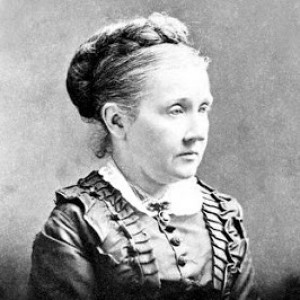This post probably won’t mean much to folks who aren’t cancer geeks, but if pathology is exciting to you, read on!
So, you may remember that when I was initially diagnosed, the pathologists who first looked at my biopsy, at the hospital where I get treatment, said that my cancer is neuroendocrine breast cancer. Neuroendocrine breast cancer is ridiculously rare, like 20 U.S. cases per year, out of about 240,000 total breast cancer cases. Neuroendocrine tumors in general aren’t that common–about 12,000 U.S. cases per year, and they typically grow in the intenstines, pancreas or lungs.
When I had my second opinion, they sent that same biopsy sample off to a different lab, for a different pathologist to look at it. That pathologist said it was invasive ductal carcinoma with neuroendocrine features. Now, invasive ductal carcinoma is the most common form of breast cancer, but it having neuroendocrine features isn’t that common. My oncologist and I scratched our heads at that one, but moved on with a chemo regimen that would be effective on both breast cancer and neuroendocrine cancer. That way, all the bases were covered.
When I had the biopsy of my sternum tumor to confirm that it actually was cancer, the first pathology lab looked at it and said, “Yep, neuroendocrine breast cancer.” That same lab did the pathology on my liver biopsy this year, and sure enough, they found it to be neuroendocrine breast cancer.
At that point, I asked my oncologist if we could send my samples to a third lab, to act as a tie-breaker. So he did–he found a guy at the University of Pennsylvania who’s well respected, and had him look at it. And what he found in that initial sample from my breast was ductal carcinoma in situ, along with neuroendcrine breast cancer. Which completely blew my mind.
You see, ductal carcinoma in situ is also referred to as Stage 0 cancer. When you hear about the increase in diagnoses of cancer that comes from mammogram screenings, most of that is DCIS, and it’s also the center of the debate about overtreatment. Most DCIS won’t ever turn into real cancer–in situ means “in place”, because it hasn’t spread out of the duct it’s in, so it’s not dangerous. But the problem is, we don’t know which DCIS will turn into an invasive cancer, or will end up fostering a happy home for an invasive cancer. Which is why doctors treat it like it was an invasive cancer–nobody wants to look back a year later and say “Ooops, we should have cut that out of you, because now you have a more serious, harder-to-treat cancer.”
Hearing about this DCIS/neuroendocrine combo finding prompted my oncologist to talk to the second pathology lab and ask them more questions about what they found. Turns out, they’d also found DCIS and neuroendocrine breast cancer, but had classified it as invasive ductal carcinoma with neuroendocrine features, instead of calling it what it is. And the first pathology lab had missed the DCIS completely, which is why they just called it neuroendocrine breast cancer.
Does any of this really impact my treatment? No, but it does tell me a lot about how my cancer came to be, and psychologically, that’s somehow comforting to me. It appears that I was one of those very few people for whom mammogram screening at a very early age might have helped–except, there was no way to know that. I don’t have a strong family history of breast cancer, and I don’t have any genetic predisposition to breast cancer. My cells just went sideways on me, and as my doctor told me when I found out I was stage IV, there is nothing I could have done to prevent this. I did everything right based on the information I had. Cancer’s just a sneaky asshole.
At the same time, it’s kind of alarming to hear that three different labs came to three different diagnoses based on the exact same tissue sample. It’s a reminder that medicine isn’t a precise science–it’s extremely complex, and sometimes subjective. This is why it’s important to get second and third opinions.
So, now we know that my cancer is indeed rarer than your cancer, as one of my funny cancer t-shirts says. I’m totally gonna make an awesome research paper someday!
